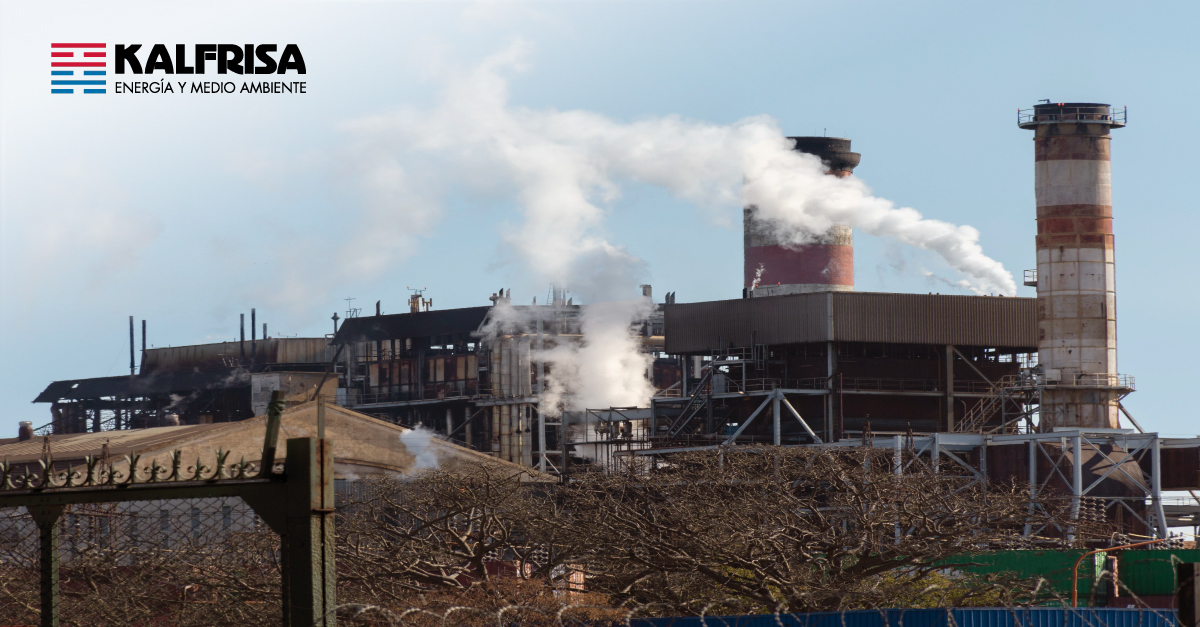The potential of waste to mitigate the energy crisis

District heating is used to treat municipal and similar waste that cannot be recycled and to generate energy in the form of electricity, steam or hot water.
The current energy crisis has highlighted the dependence on fossil fuels, in addition to dependence on foreign energy sources. This turbulent environment has also shown that there is a great untapped potential for efficient waste treatment.
Spain is at the bottom of the list of European Union countries in terms of waste management. Currently, according to the latest figures from the Ministry for Ecological Transition and the Demographic Challenge, 11.8 million tons of waste go to landfill.
In this context, according to Aeversu, the Association of Urban Waste Energy Recovery Companies, highlights the role of energy recovery as an additional lever to be activated to solve the energy crisis and avoid dependence on fossil fuels.
These facilities treat municipal and similar wastes that could not be recycled and generate energy in the form of electricity, steam or hot water. The hot water, depending on local infrastructure, can be sent to nearby district heating or cooling networks, providing an affordable, reliable and fossil-free heating source to local communities.
At present, about 10% of the energy supplied to European district heating networks comes from energy recovery plants. Translated into figures and according to the latest data from Cewep (Confederation of European Energy Recovery Plants), Europe’s facilities generate 96 billion kWh of heat from the treatment of non-recyclable waste, providing heating for 16 million inhabitants.
Full story by clicking here.

